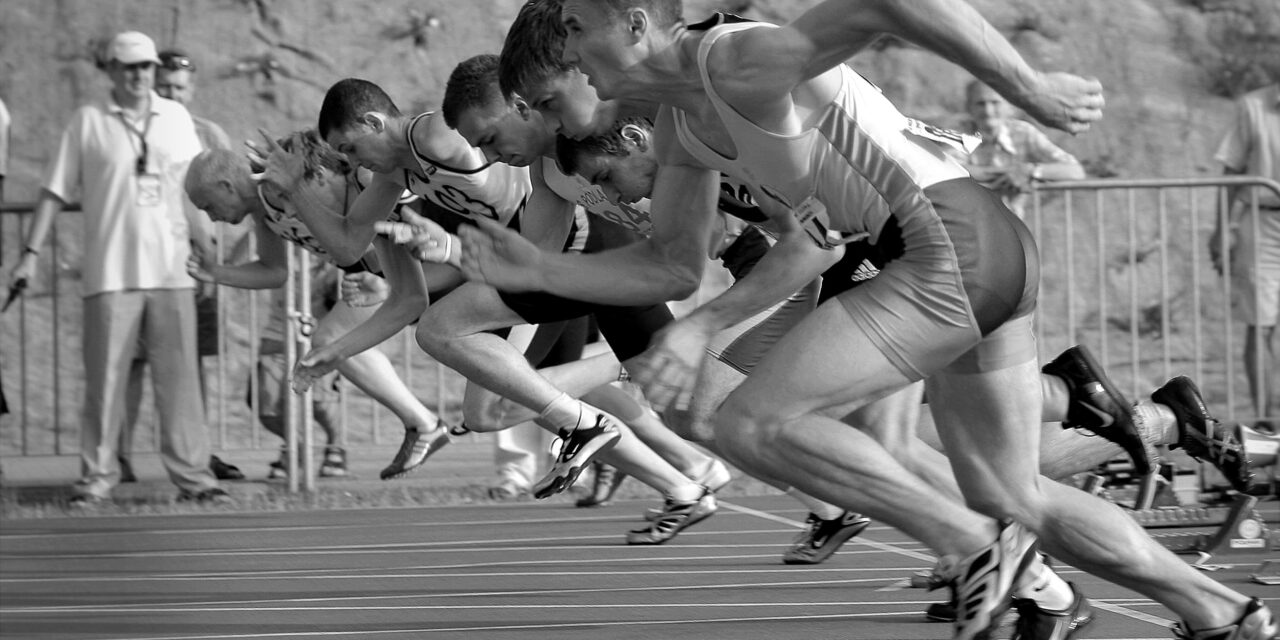Hamstring injuries are one of the most common injuries in both individual and team sports. In sports such as soccer and football these injuries involve a traumatic pull of the muscle while sprinting or accelerating. After the initial healing phase athletes must rehabilitate the injury with Physical Therapy exercises to regain optimal muscle function and...
When will my knee tendinitis get better?
October 17, 2018
Knee tendinopathy, either in the quadriceps or patellar tendon, is a common source of knee pain among jumping athletes, but can occur in non jumping athletes or the general population as well. This overuse injury is caused by repetitive sub maximal loading of the knee through a bending range of motion. If the loading is...
Patellar tendinopathy (tendonitis) is a common sports medicine overuse injury most commonly found in jumping (volleyball, basketball) athletes. This injury has been found in up to 40% of these athletes secondary to the repetitive forces applied to their tendons during their respective sports. Repetitive loading, without adequate rest, is often found to be the cause...
Groin strains are the second most common muscle strain, behind the hamstring, among soccer players. The dynamic movements required by both offensive and defensive players place high demands on the long muscles of the hip and knee. Our previous blogs have shown the effectiveness of Physical Therapy interventions to reduce the risk of future hamstring...
In our previous posts on ACL injury we have highlighted girls are 6-8 more likely to sustain an ACL injury compared to boys in the same sport. Multiple research studies have attempted to reduce this risk by implementing sport specific strength, agility, and balance programs. On average, these programs have a significant impact on injury...
Achilles tendon ruptures are most commonly seen in patients 30-40 years of age and 4-5 times more likely in males versus females. The injury is often associated with a sudden increase in force placed upon the tendon either from rapid progressions in sport activities or trauma (ex. fall from height). These injuries can also occur...
Hamstring Training for Sprinters
October 2, 2017
Sprinting either in track or sport requires rapid, high force muscle contractions across the lower body. If the forces utilized during the acceleration phase of running are greater than the capacity of the muscle to absorb these forces injuries can occur. Hamstring strains in this population of runners are common due to the rapid shortening...
Strength Training to Reduce Injury Risk in Climbers
September 25, 2017
It is estimated up to 10 million Americans participate in either indoor or outdoor climbing activities. Research documents 4 to 5 injuries per 1000 hours of climbing participation and each climber can expect 1 to 2 injuries over a climbing career (Backe et al. 2009). These injuries can be either traumatic or overuse in nature. The...
Hamstring strains or pulls are a common injury among acceleration sports including rugby, soccer, and sprinting. Our previous blogs have written about the causes and treatments of these muscle injuries. One of the common causes of injury involves a lengthening contraction (eccentric) of the muscle during these explosive sports movements. If the muscle is unable...
The functional movement screen was designed to screen athletes and individuals on both upper and lower body movement tasks in order to identify those at risk for future injury. As participants move through the 7 movement tasks, Physical Therapists are able to identify areas of weakness, tightness, or decreased coordination. Based on these results exercises...

